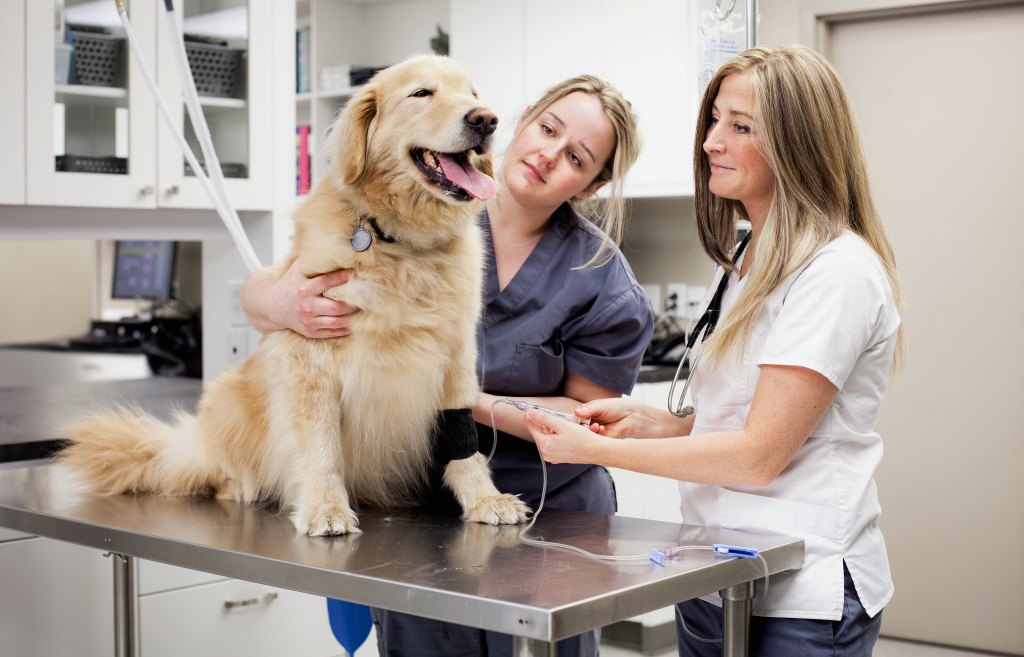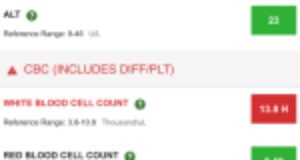If you’re a pet parent, you know the joys of sharing some of your favorite treats with your furry friends in moderation. However, we know some of our favorite snacks are completely off-limits when it comes to our animal companions. For example, the risk of chocolate, which can be poisonous in dogs. But does that mean you have to panic if your pup gets a nibble? It depends, but our veterinarians have everything you need to know about how bad it really is for a dog to eat chocolate.
Why is chocolate toxic for dogs?
You may be wondering what specific risks chocolate poses to dogs. Essentially, it contains two compounds that are toxic to canines: theobromine and caffeine. Dogs metabolize these substances much more slowly than humans, allowing them to build up to toxic levels in the body, explains Nita Vasudevan, DVM, Veterinarian at Embrace Pet Insurance.
“Theobromine, in particular, is the main culprit,” she says. “It stimulates the central nervous system and the cardiovascular system, and it can also cause gastrointestinal irritation. When consumed in significant amounts, it can lead to symptoms like vomiting, diarrhea, hyperactivity, tremors, seizures and even cardiac arrest.”
There’s less caffeine content in chocolate, but it can exacerbate the effects of theobromine increasing the risk of overstimulation and toxicity, she adds.
Is it always life-threatening if a dog eats chocolate?
There’s a common misconception that ingesting even the slightest bit of chocolate is guaranteed to cause serious adverse reactions or even fatalities. This is not true. There are a few deciding factors involved, but no matter the situation, you should always remove the chocolate from your dog’s reach as quickly as possible and monitor them closely if they’ve eaten some.
Which type of chocolate is the worst for dogs?
Yes, it does matter what type of chocolate Fido consumed! Dark chocolate, cocoa powder and baking chocolate contain much higher levels of theobromine compared to milk chocolate or white chocolate, says Dr. Vasudevan.
“Even small amounts of dark chocolate can be dangerous, while larger quantities of milk chocolate are typically required to reach toxic levels,” she says.
Size matters
Smaller dogs are at a higher risk of toxicity because their bodies metabolize theobromine slower relative to their size, Dr. Vasudevan explains. A small dog that ingests even a moderate amount of chocolate may be at greater risk than a larger dog that eats the same amount.
Tolerance levels
Additionally, some dogs just have a genetic makeup that makes them more sensitive and have lower tolerance for theobromine and caffeine, meaning even small amounts can trigger symptoms, says Dr. Vasudevan.
When to rush your dog to the vet for chocolate poisoning

While you don’t need to strap your pooch into the car and speed to the vet the second they swallow a small bit of chocolate, you should always take chocolate ingestion seriously, regardless of the amount or type, Dr. Vasudevan advises. In most cases, the sooner you get your pet under professional supervision and care, the better the prognosis will be.
“If you suspect your dog has eaten chocolate, you should determine the type and amount of chocolate consumed,” she suggests. “Note the specific type of chocolate and how much your dog ingested. This information is critical for your veterinarian to assess the risk.”
Signs of chocolate poisoning can appear within 6-12 hours and may include vomiting and diarrhea, hyperactivity, restlessness, excessive panting, increased heart rate, muscle tremors or seizures, she says.
“Even if your dog isn’t showing symptoms, it’s best to contact your veterinarian or a pet poison control hotline for guidance,” notes Dr. Vasudevan. “Treatment often involves inducing vomiting, administering activated charcoal to prevent further absorption of toxins, and providing supportive care like IV fluids and medications to stabilize the heart or control seizures.”




